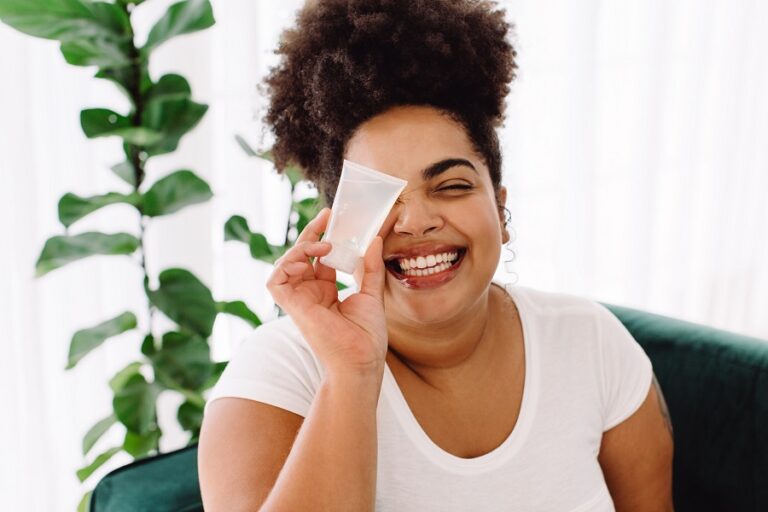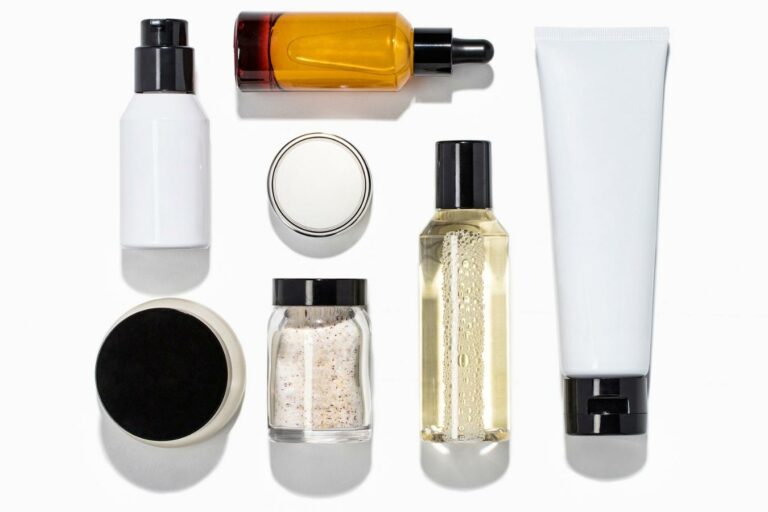Home > Top Toxic Ingredients in Cosmetics

Use our lists below to see how your products stack up. These are the most common toxic chemical ingredients in cosmetics.
For businesses, check out our Red List, our recommended “do not use” list of toxic chemicals.
Most of us use 12 beauty and personal care products on average every day.
These products can contain hundreds of unique chemicals that we absorb, inhale and ingest – some are linked to cancer, birth defects, learning disabilities and other serious health problems.
Lax regulation means the industry can sell products made with virtually any industrial chemical, without FDA safety testing or review.
Together, we can change that. Take Action >

Blush, Face Powders, Eye Shadow, etc.
Want more tools? Check out apps like Clearya, Think Dirty, and Skin Deep. Plus, certifiers like Made Safe and EWG Verified rate your personal care products for safety and toxicity.

Spread the word about unsafe chemicals in cosmetics and how to find safer alternatives.
We have resources and materials to help!
Get our emails to stay in the know.
This site is protected by reCAPTCHA and the Google Privacy Policy and Terms of Service apply.
get to know us
take action
BCPP is a 501(c)3 | EIN: 94-3155886 | Privacy Policy | Site Map | BCPP.org










